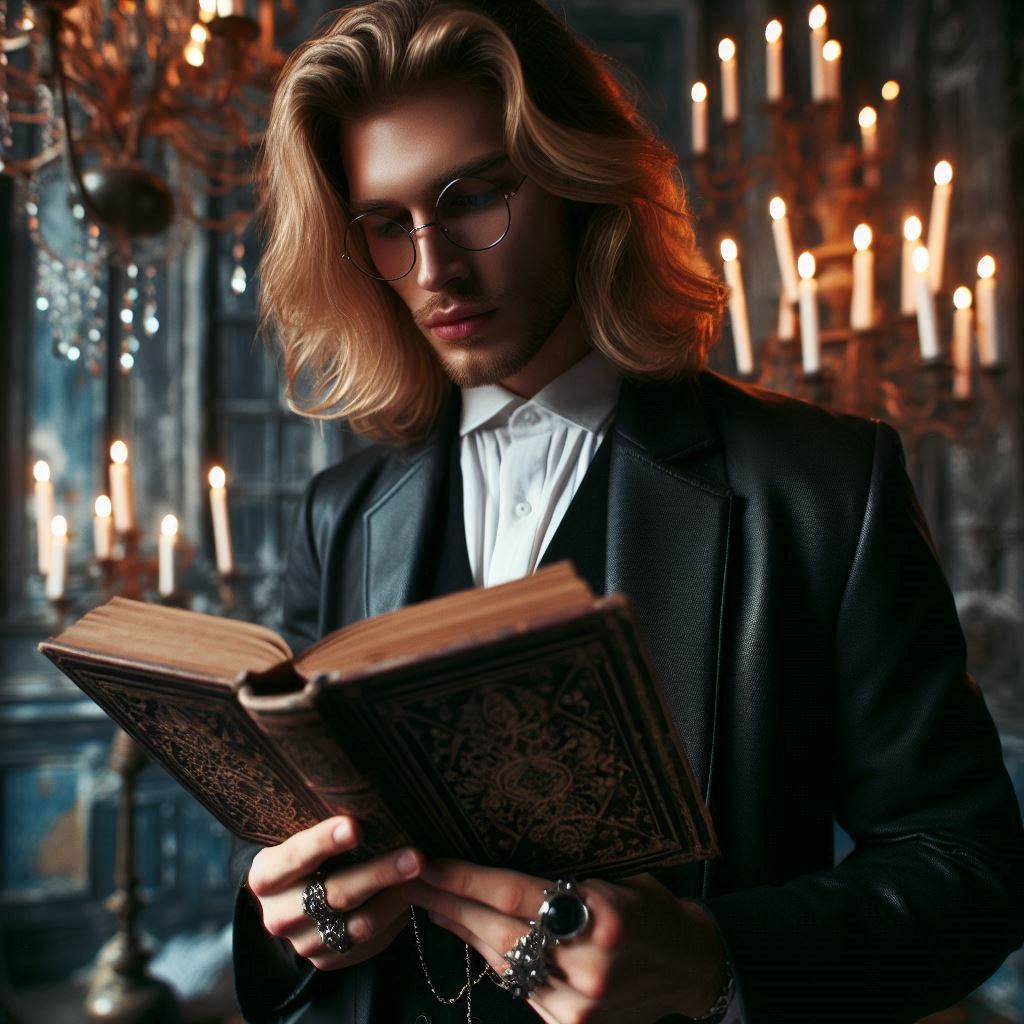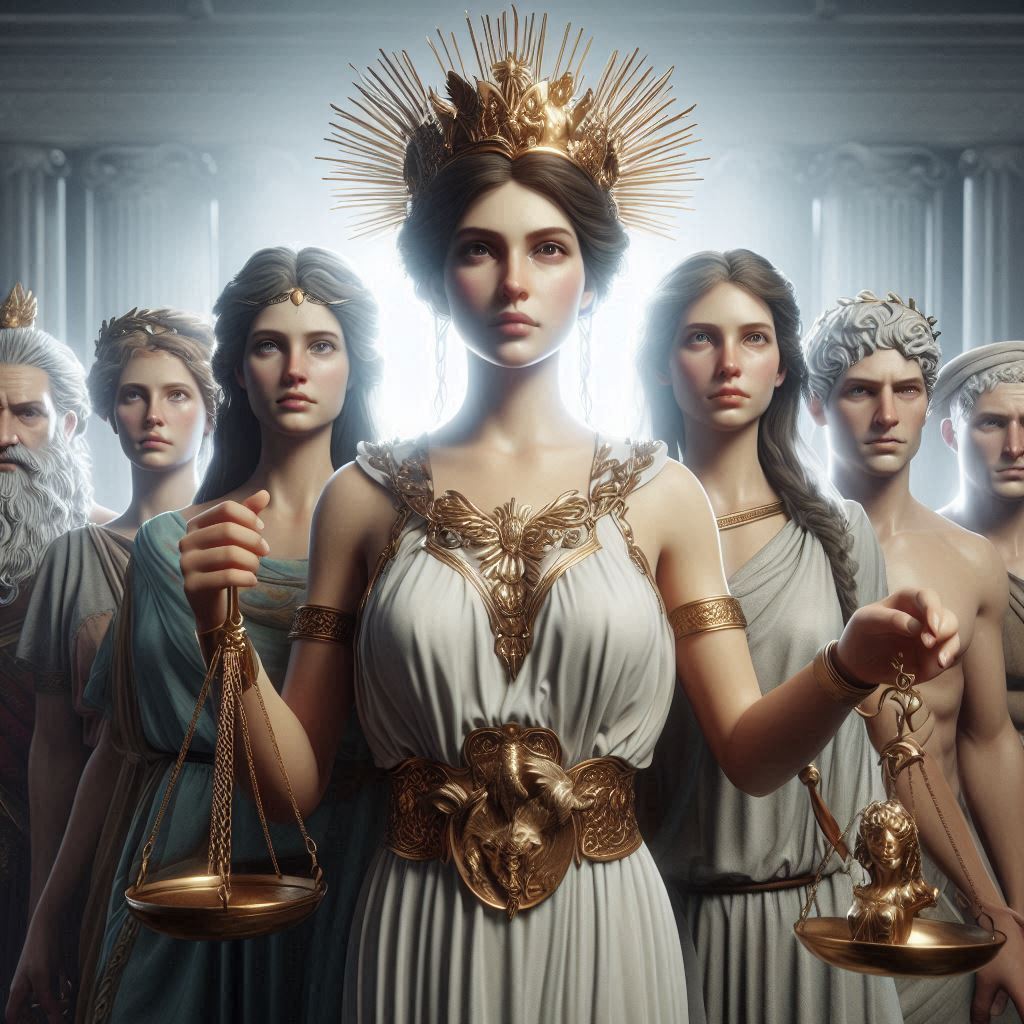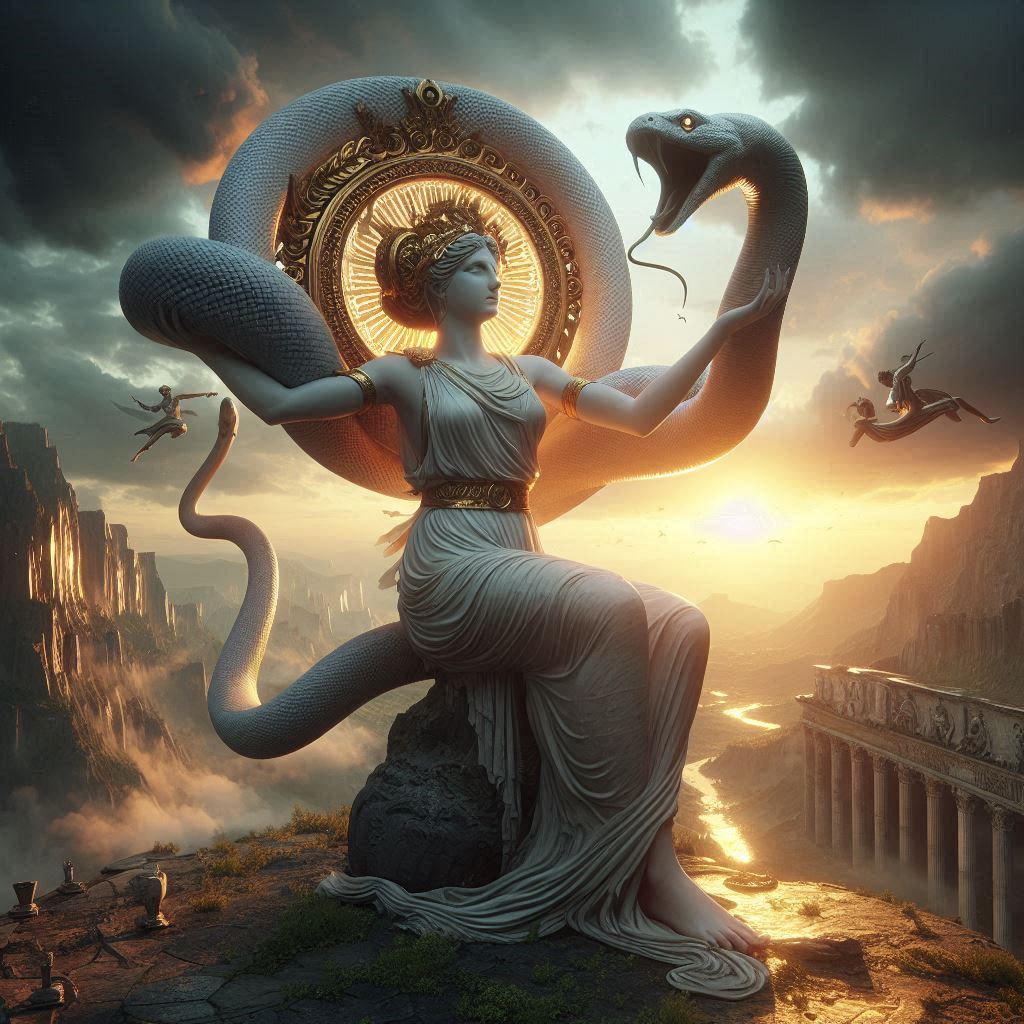Table of Contents
Victorian Education and Literature: Shaping Minds and Society
What is the correlation between Victorian Education and Literature? The Victorian era (1837–1901) was a period of profound social, political, and cultural transformation in Britain. Education and literature were two of the most influential forces shaping Victorian society. As industrialization and urbanization progressed, the need for an educated populace became increasingly apparent. Meanwhile, literature served as both a reflection of and a commentary on the changing world. This essay explores the evolution of Victorian education, its impact on society, and the ways in which literature both influenced and was influenced by these educational developments.

The Evolution of Victorian Education
Early Victorian Education: Class and Accessibility
At the beginning of the Victorian era, education was largely determined by social class. The wealthy sent their children to prestigious public schools (such as Eton and Harrow) or hired private tutors, while the working class had limited access to formal education. For the poor, rudimentary schooling was often provided by church-run institutions, such as the National Society for Promoting Religious Education (Anglican) and the British and Foreign School Society (non-denominational).
The monitorial system, where older students taught younger ones under a single teacher’s supervision, was common in early Victorian schools. However, this method was often ineffective, with overcrowded classrooms and minimal individual attention.
Government Intervention and Reform
The Victorian period saw increasing state involvement in education, driven by the belief that an educated workforce was essential for economic and social stability. Key legislative milestones included:
- The Factory Acts (1833, 1844, 1867) – Limited child labor and mandated part-time schooling for factory children.
- The Elementary Education Act of 1870 (Forster’s Act) – Established school boards to oversee education in areas lacking adequate schooling, laying the foundation for universal education.
- The Education Act of 1880 – Made attendance compulsory for children aged 5–10.
- The Free Education Act of 1891 – Abolished fees for elementary education, making schooling more accessible.
Despite these reforms, education remained stratified by gender and class. Girls were often taught domestic skills rather than academic subjects, while working-class children received only basic literacy and arithmetic training.
The Rise of Literacy and Mass Publishing
As education expanded, literacy rates improved dramatically. By the late 19th century, nearly 90% of the population could read, creating a booming market for books, newspapers, and periodicals. The penny dreadfuls (cheap sensational fiction) and serialized novels (such as those by Charles Dickens) became immensely popular, catering to both middle- and working-class readers.
Victorian Literature as a Reflection of Education
Literature in the Victorian era was deeply intertwined with education, both as a subject of critique and as a tool for moral and social instruction.
The Novel as a Didactic Tool
Many Victorian novels emphasized the importance of education in personal and social development. For example:
- Charles Dickens’ Hard Times (1854) – A scathing critique of utilitarian education, which prioritized facts over imagination. The novel contrasts the rigid schooling of Thomas Gradgrind with the emotional and moral growth of his children.
- Charlotte Brontë’s Jane Eyre (1847) – Highlights the harsh conditions of Lowood School, modeled on the Clergy Daughters’ School where Brontë herself suffered. The novel critiques the neglect and abuse in girls’ education.
- Thomas Hughes’ Tom Brown’s School Days (1857) – A semi-autobiographical novel depicting life at Rugby School, promoting ideals of moral and physical education.
Literature and Social Reform
Writers used their works to advocate for educational reform and social justice:
- Elizabeth Barrett Browning’s Aurora Leigh (1856) – A verse novel arguing for women’s intellectual and artistic education.
- George Eliot’s The Mill on the Floss (1860) – Explores the limited educational opportunities for women through the character of Maggie Tulliver.
Children’s Literature and Moral Instruction
The Victorian era saw the rise of children’s literature as a distinct genre, often blending entertainment with moral lessons:
- Lewis Carroll’s Alice’s Adventures in Wonderland (1865) – While whimsical, it subtly critiques rigid educational norms.
- Charles Kingsley’s The Water-Babies (1863) – A moral fable promoting kindness and self-improvement.
The Intersection of Education and Gender
Victorian education reinforced gender stereotypes, with girls often taught domestic skills rather than academic subjects. However, literature played a key role in challenging these norms:
- Frances Hodgson Burnett’s A Little Princess (1905, but rooted in Victorian ideals) – Shows the value of intelligence and resilience in a young girl’s education.
- Sarah Grand’s The Heavenly Twins (1893) – Critiques the lack of intellectual opportunities for women.
The women’s education movement gained momentum in the late Victorian period, with pioneers like Emily Davies founding Girton College (1869), the first women’s college at Cambridge.
Conclusion
Victorian education and literature were deeply interconnected, with literature both reflecting and shaping educational ideals. The expansion of schooling improved literacy rates, creating a mass readership that fueled the golden age of the novel. Meanwhile, writers used their works to critique social inequalities, advocate for reform, and imagine a more just society.
The legacy of Victorian education and literature endures in modern debates about schooling, class, and gender. The era’s emphasis on moral instruction, the tension between utilitarian and humanistic education, and the struggle for equal access remain relevant today. Through their novels, essays, and social critiques, Victorian writers ensured that education was not just a matter of policy but a central theme in the cultural imagination.


No responses yet